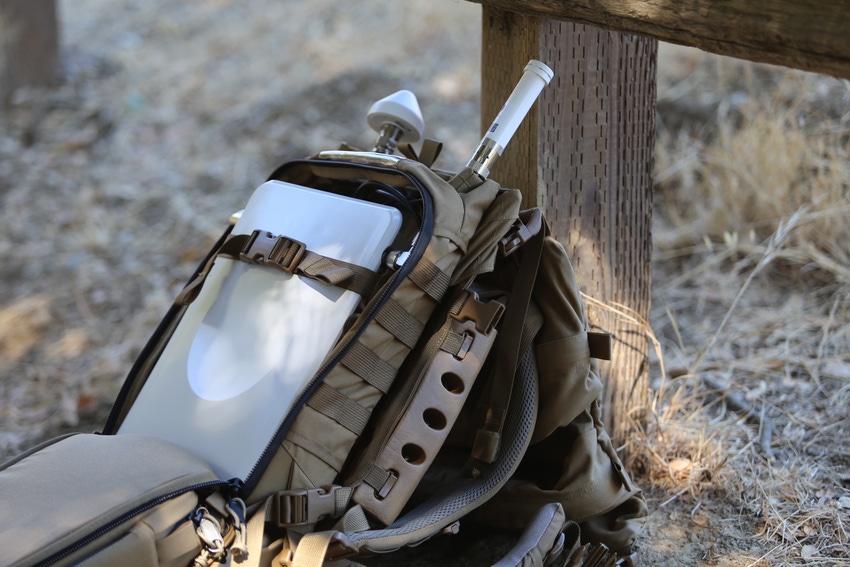As telecoms operators and vendors seek to solve coverage and capacity issues on the mobile network, Nokia Networks and Vodafone have announced separate portable radio offerings.
May 31, 2016

As telecoms operators and vendors seek to solve coverage and capacity issues on the mobile network, Nokia Networks and Vodafone have announced separate portable radio offerings.
Targeting remote locations, specifically for emergency response scenarios, Nokia Networks has announced the Ultra Compact Network (UCN) at the Critical Communications World event in Amsterdam. In Nokia’s words, the UCN is a network in a backpack; a lightweight and ultra-compact 4G network based on small cell technology.
Nokia’s attempt to deliver a portable mobile base station focuses on delivering short-term coverage for emergency responders and covers up to 75km in range with a capacity of 400 users on 4G LTE. Specifically, the UCN extends existing macro networks by using cable, satellite or microwave tech for backhaul.
Since the pack only weighs 5kg and requires minimal power – it can be powered off of a car-based inverter or a standard portable generator – Nokia says it lends itself to being flown into place using remote control aerial devices, such as drones or weather balloons.
“EE had the opportunity to trial Nokia’s latest innovation, the Ultra Compact Network, in indoor and outdoor environments in May 2016,” said EE’s Director of RAN, Mansoor Hanif. “We were very impressed with the capabilities of this lightweight, easily deployable small cell system. It is an ideal solution for disaster recovery and to delivery temporary coverage both for public and private sector customers.”
Meanwhile, in another attempt to boost wireless connectivity in lightweight packages, Vodafone has announced the launch of its similarly positioned “network in a briefcase”. In partnership with Ericsson, the UK operator says it has deployed a lightweight radio unit in London which offers 4G speeds but using half the size and weight of existing units.
While Vodafone did not go into details on backhaul or range capabilities of the “mini base-station”, it did say its size and form means engineers can now carry the 12kg briefcase to rooftops and avoid extensive disruption on a civil engineering level.
“We continue to look at new and innovative ways of providing improved mobile coverage in order to meet our customers’ soaring demand for mobile data and video while minimising disruption to the general public and improving the aesthetics of the surrounding area,” said CTO of Vodafone UK, Jorge Fernandes. “We are delighted to be partnering with Ericsson, one of our key network suppliers, on this project and look forward to further engaging with local councils and Government to look at ways of reducing red tape around site planning for mobile mast installations.”
The mini base-stations are capable of supporting Vodafone’s recent breakthroughs in LTE-A using Carrier Aggregation. Its 4G+ service is apparently able to manage download speeds of more than 240 Mbps, with Vodafone claiming further advances with Ericsson mean it will soon be ready to deliver even faster speeds, having achieved 700 Mbps download speeds at trial sites.
About the Author(s)
You May Also Like








.png?width=300&auto=webp&quality=80&disable=upscale)


_1.jpg?width=300&auto=webp&quality=80&disable=upscale)


.png?width=800&auto=webp&quality=80&disable=upscale)